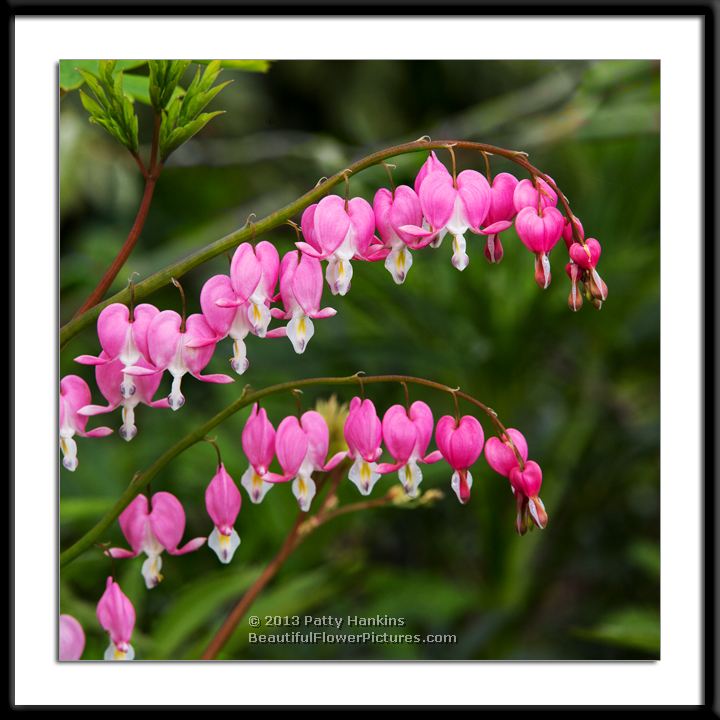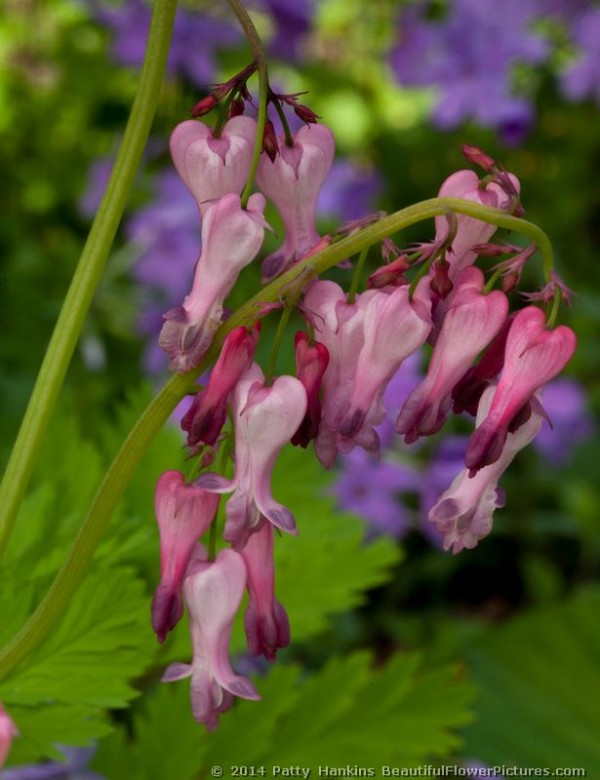
by hankinslawrenceimages | Mar 7, 2014 | Flowers, Papaveraceae Family, Wildflowers
I am so looking forward to spring and for the wildflowers to start blooming. Three of my favorite early spring wildflowers – Bleeding Hearts, Squirrel Corn and Dutchman’s Breeches – are all members of the Poppy Family. They bloom in the early spring before the leaves are on the trees putting the woods into shade
Dutchman’s Breeches – Dicentra Cucullaria – is often the first of the three to bloom
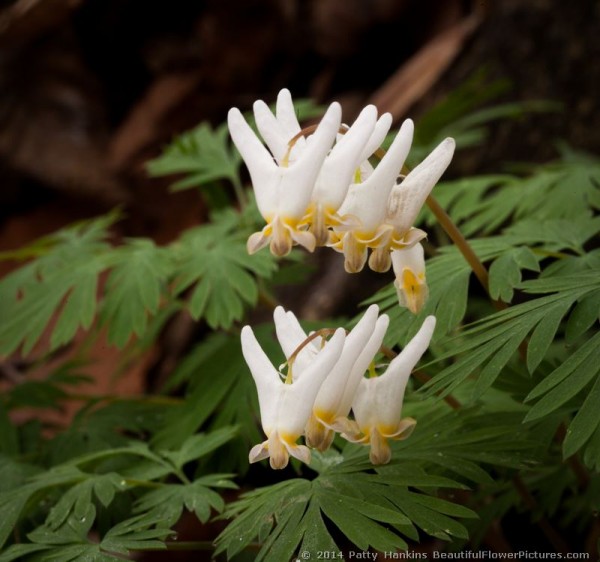
Dutchman’s Breeches © 2014 Patty Hankins

Dutchman’s Breeches © 2014 Patty Hankins
Squirrel Corn – Dicentra Canadensis – blooms within a few days of when the Dutchman’s Breeches start to bloom
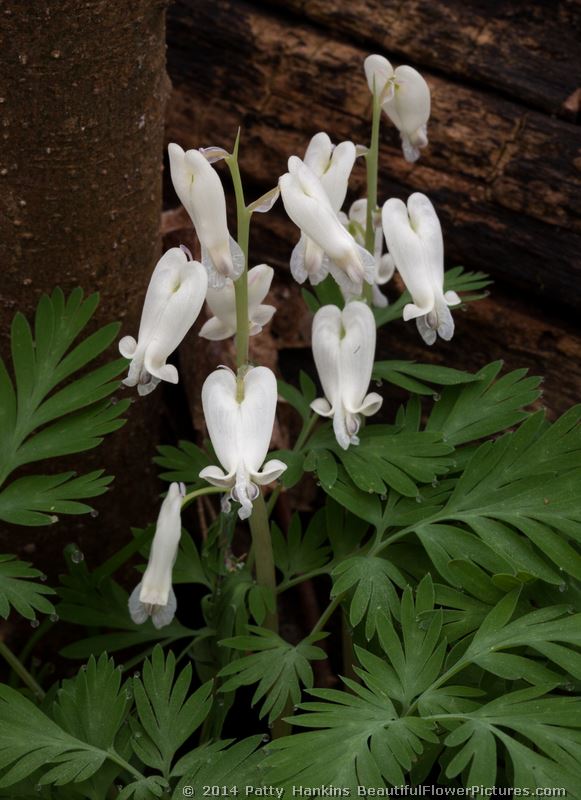
Squirrel Corn © 2014 Patty Hankins
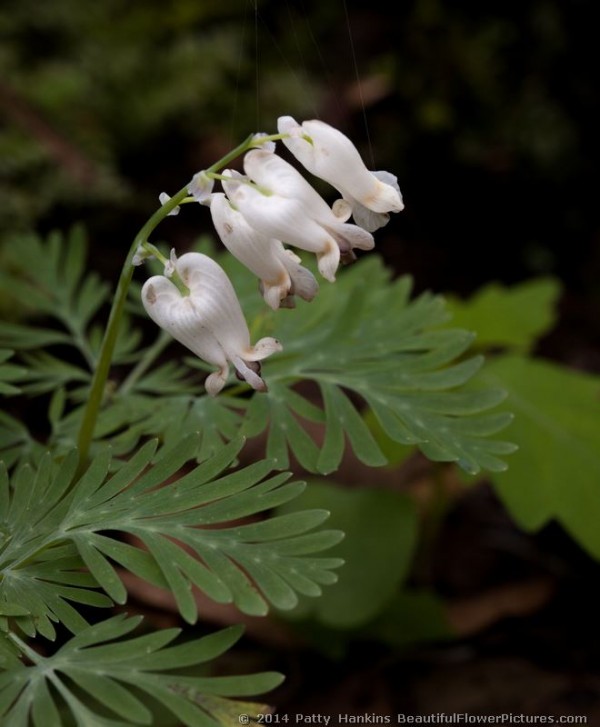
Squirrel Corn © 2014 Patty Hankins

Squirrel Corn © 2014 Patty Hankins
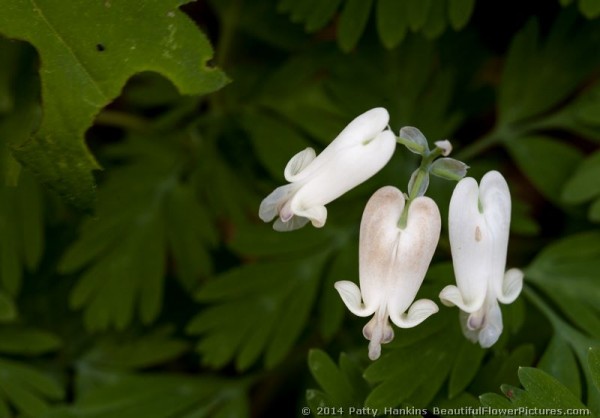
Squirrel Corn © 2014 Patty Hankins
And finally the Bleeding Hearts – Dicentra Eximia – blooms about ten days later.
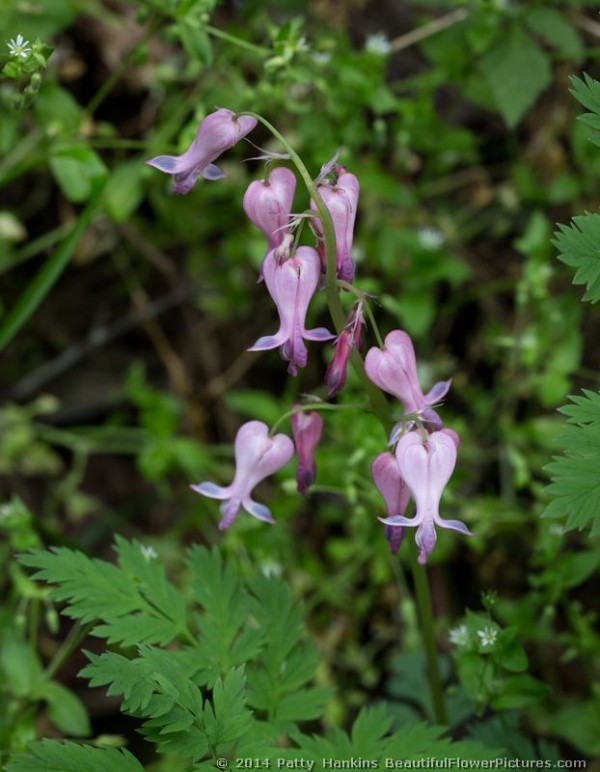
Bleeding Hearts © 2014 Patty Hankins

Bleeding Hearts © 2014 Patty Hankins
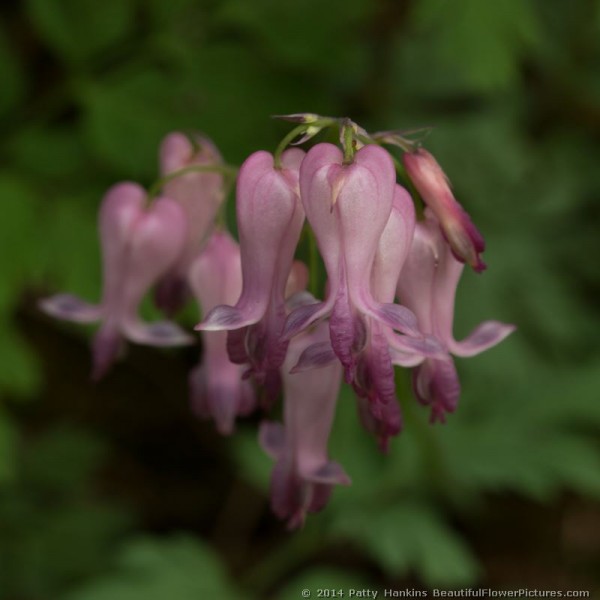
Bleeding Hearts © 2014 Patty Hankins
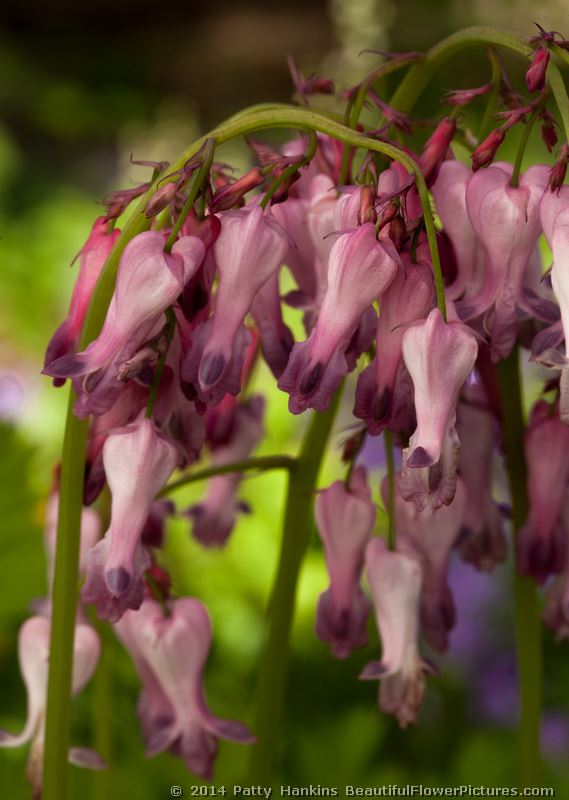
Bleeding Hearts © 2014 Patty Hankins
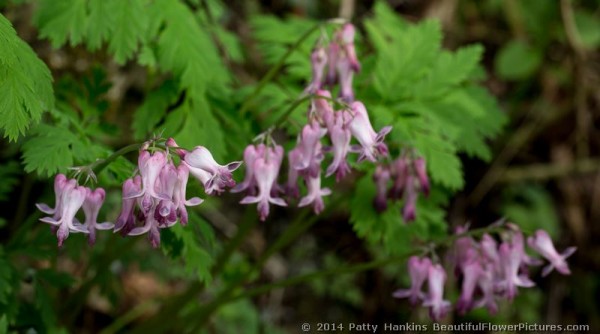
Bleeding Hearts © 2014 Patty Hankins
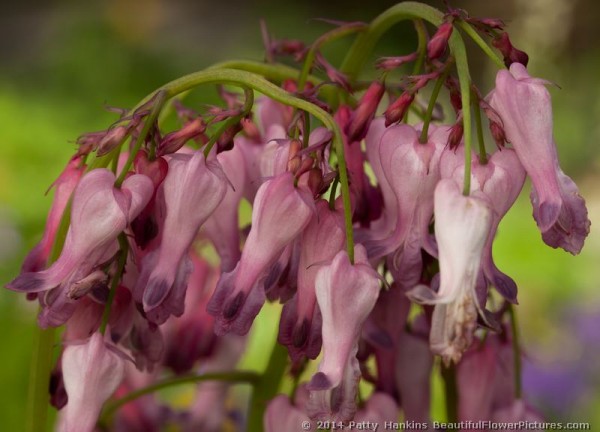
Bleeding Hearts © 2014 Patty Hankins
Do any of these three wildflowers bloom in your area in the spring? Or is there another wildflower member of the poppy family you like? If there is – just let me know in the comments below.
by hankinslawrenceimages | Feb 13, 2013 | Photo of the Month

Bleeding Hearts © 2013 Patty Hankins
Bleeding Hearts are one of the flowers that always make me smile when I see them. Here in the DC area, they bloom in April – adding a wonderful splash of bright splash of color to the local gardens. What I didn’t realize when I started photographing the bleeding hearts was how many people love them as much as I do.
When I’m at shows and people are looking at my photos – they see the bleeding heart photos and start to smile. So often, I hear how their mothers and grandmothers had bleeding hearts in the gardens when they growing up. And what fun it was to see the heart shaped flowers in the early spring.
What’s also wonderful is how many people mention that they have bleeding hearts growing in their garden – because it reminds them of their family connections – and because they want their children to have the same wonderful memories about family flowers and gardens that they have.
I’ve heard stories of my great-grandmother’s and grandmother’s gardens. To this day, when I see irises blooming in the spring – I remember the ones that grew in my mother’s garden. So I understand what kind of memories seeing the bleeding hearts bring back to people – and I love it when people buy my bleeding heart photos to help preserve their childhood memories.
Bleeding Hearts is my February 2013 Photo of the month. Until February 28, SAVE 20% off the regular prices for Bleeding Hearts.
by hankinslawrenceimages | Feb 2, 2013 | New Photos, Papaveraceae Family
Bleeding Hearts © 2013 Patty Hankins
I’ve recently added a new photo – Bleeding Hearts – to my Beautifulflowerpictures.com website.
Bleeding Hearts (Dicentra spectabilis) are one of my favorite spring flowers. I love seeing the heart-shaped splashes of pink and white against the greens of the garden.
The heart shaped varieties seen in gardens originated in Japan. They were introduced in England in the 1840s, and then imported to the United States. There is also a type of bleeding hearts (Dicentra exima) native to the United States. I’ve photographed the wild bleeding hearts in the mountains of Tennessee.
This photograph is available as a 10 X 10″ or 20 X 20″ gallery-wrapped canvas. You can order Bleeding Hearts from my website.
by hankinslawrenceimages | Apr 11, 2012 | Flowers, Papaveraceae Family, Wildflowers
Some of my favorite spring flowers are the various varieties of bleeding hearts – and Green Spring Gardens in Alexandria Virginia is my favorite place to photograph them.
Bleeding hearts are members of the Fumariaceae family – native to Asia and North America. Each flower has two sepals and four petals. The outer two petals are spurred – while the inner petals are straight. This combination of petals gives some of the flowers a heart-shape – where the common name Bleeding Hearts comes from.
When people think of Bleeding Heart flowers – they usually think of the little heart-shaped pink flowers that are native to Asia. The botanical name for these bleeding hearts is dicentra spectabilis.

© 2012 Patty Hankins
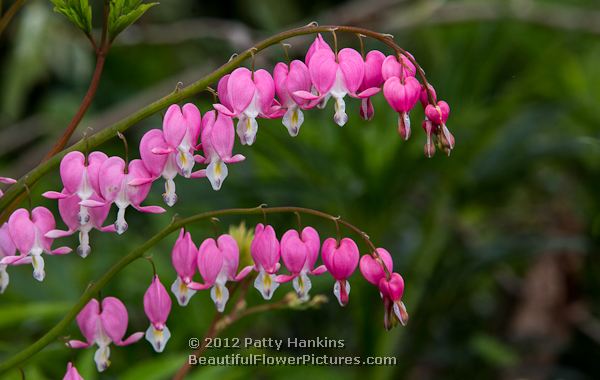
© 2012 Patty Hankins
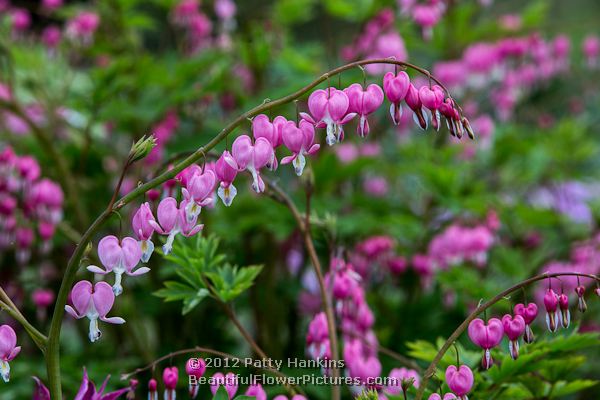
© 2012 Patty Hankins
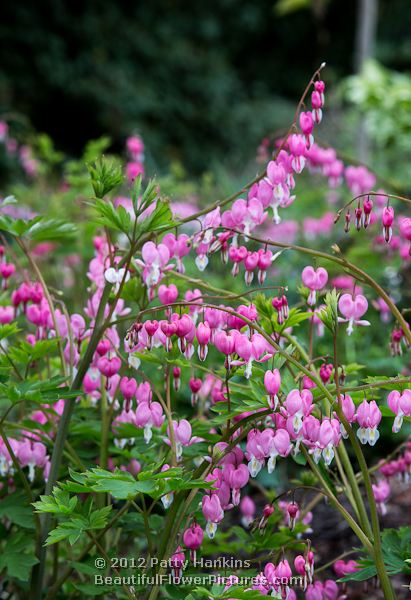
© 2012 Patty Hankins
Another variety with heart-shaped flowers are the White Bleeding Hearts – dicentra spectibilis Alba – also native to Asia.
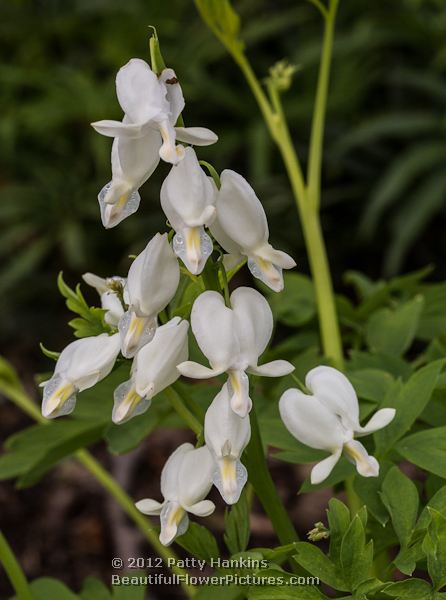
© 2012 Patty Hankins
And finally – one of my favorites – the bleeding hearts that are native to the Eastern United States – dicentra eximia
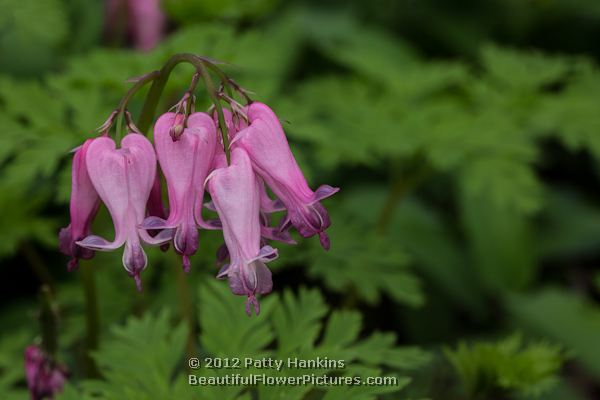
© 2012 Patty Hankins
by hankinslawrenceimages | May 30, 2011 | Flowers, Liliaceae Family, Wildflowers
| I spent an incredible 2 1/2 weeks in April photographing Southern Appalachian wildflowers. I spent some time in places I’ve visited before – and discovered some wonderful new places to photograph. I thought I’d share some of them with you in case you’d like to check some of them out for yourself. |
 |
|
|
I visited two Botanical Gardens this trip – the Asheville Botanical Gardens and Reflection Riding Arboretum.
The Asheville Botanical Gardens are one of my favorite places to visit in western North Carolina. Located on the grounds of the University of North Carolina – Asheville, the gardens focus on native plants of the Southern Appalachian Mountains. Every time I visit, I discover species I’ve never seen or had the chance to photograph. The gardens are open from dawn until dusk and admission is free.
Reflection Riding Arboretum and Botanical Gardens in Chattanooga, Tennessee is a spectacular 300 acre preserve dedicated to the native plants of the region. There is a long drive that winds through the property, as well as several hiking trails. If you visit in late April through mid-May, be sure to spend time at the native azalea garden. Their collection is incredible. Reflection Riding is open from 9 am to 5 pm daily, except Sunday when it opens at 1 pm. Admission is $6 per car. |
| On this trip, I made my first visit to the Crockford-Pigeon Mountain Wildlife Management Area outside of LaFayette, Georgia. I first learned about this wonderful location from one of my twitter friends @USWILDFLOWERS who is photographing and documenting many of the native plants of the region. The Shirley Miller Wildflower Trail includes a boardwalk through a hardwood cove and a rougher trail to Pocket Falls. There are also other trails and old logging roads to explore. |
 |
|
|
The Joyce Kilmer Memorial Forest in Graham County, North Carolina is wonderful spot located off the Cherhola Skyway. Named in honor of Joyce Kilmer, the author of “Trees”, the forest includes a 2 mile hiking trail that winds through the woods including a stand of yellow poplar trees over 100 feet tall. Since this location is higher up in the mountains than many others, I often find a different set of wildflowers in bloom here than I do at other locations in the area. |
| Fall Creek Falls State Park near Pikeville, Tennessee has been on my to visit list for a while. I finally got there on this trip – and it was well worth visiting. Known mainly for it’s spectacular waterfalls, this wonderful state park has some wonderful hiking trails with wildflowers winding through the park. If you enjoy photographing waterfalls – you really should visit Fall Creek Falls State Park. Not only are the waterfalls beautiful, many of them can be photographed from overlooks on trails that are pretty easy hiking. More adventurous hikers can take more difficult trails to the bottom of the various waterfalls. |
 |
|
|
My last stop on the trip was the Great Smoky Mountains National Park – my favorite national park to visit. I hiked several old favorite trails including Cove Hardwood Trail, Chestnut Top Trail, Schoolhouse Gap Trail, Twin Creek Trail. I also checked out some trails that were new to me including Cucumber Gap Trail, Kanati Fork Trail, Laurel Falls Trail, Middle Prong Trail and a section of the Appalachian Trail. As I hiked the various trails I began to understand how different the various eco-systems in the park are. Each eco-system had a distinct set of wildflowers blooming (and available to photograph).
I’m already trying to figure out when I can get back to the Southern Appalachian Mountains – especially the Great Smoky Mountains National Park. |
| The flowers accompanying this article are
Yellow Lady’s Slipper – Great Smoky Mountains National Park
Bleeding Hearts – Asheville Botanical Gardens
Bent Trillium – Crockford-Pigeon Mountain WMA
Crested Dwarf Iris – Joyce Kilmer Memorial Forest
Rockhorse Falls – Fall Creek Falls State Park
Pink Lady’s Slippers – Great Smoky Mountains National Park
Speckled Wood Lily – Great Smoky Mountains National Park |
 |














